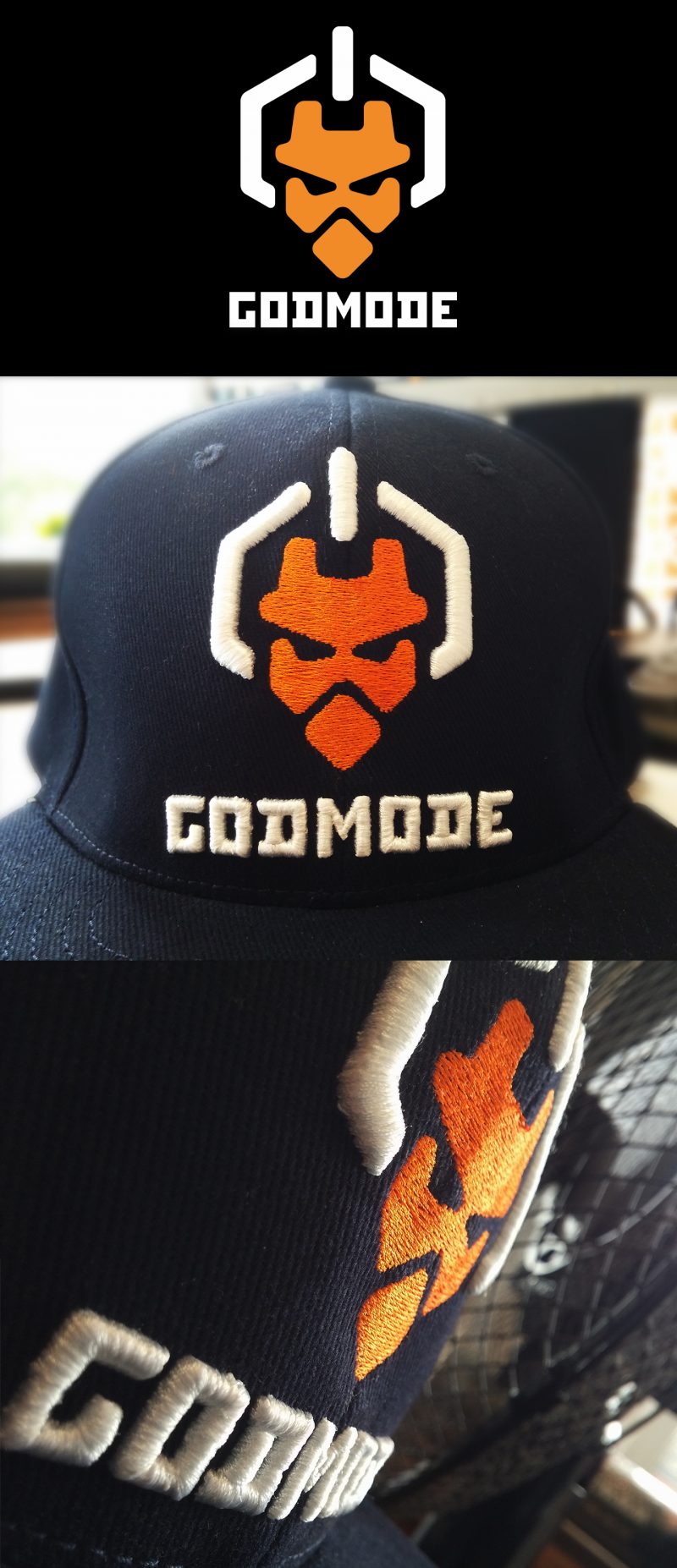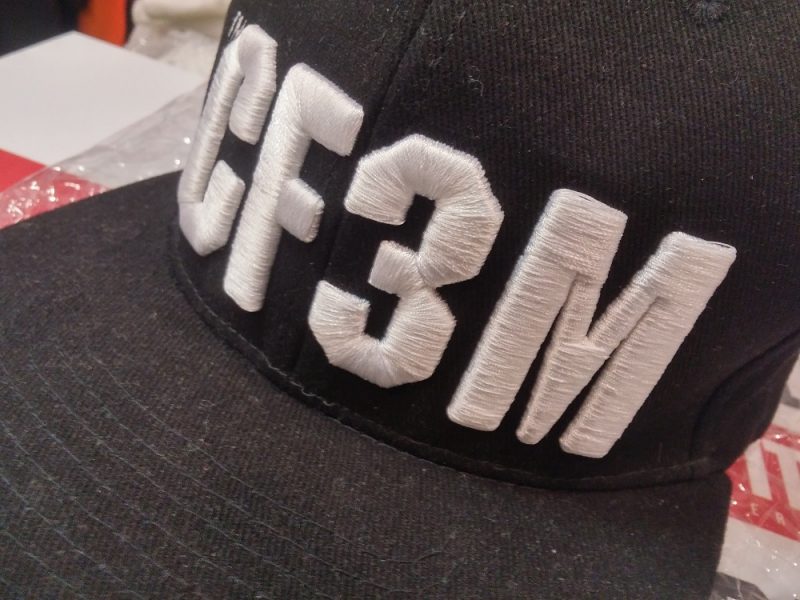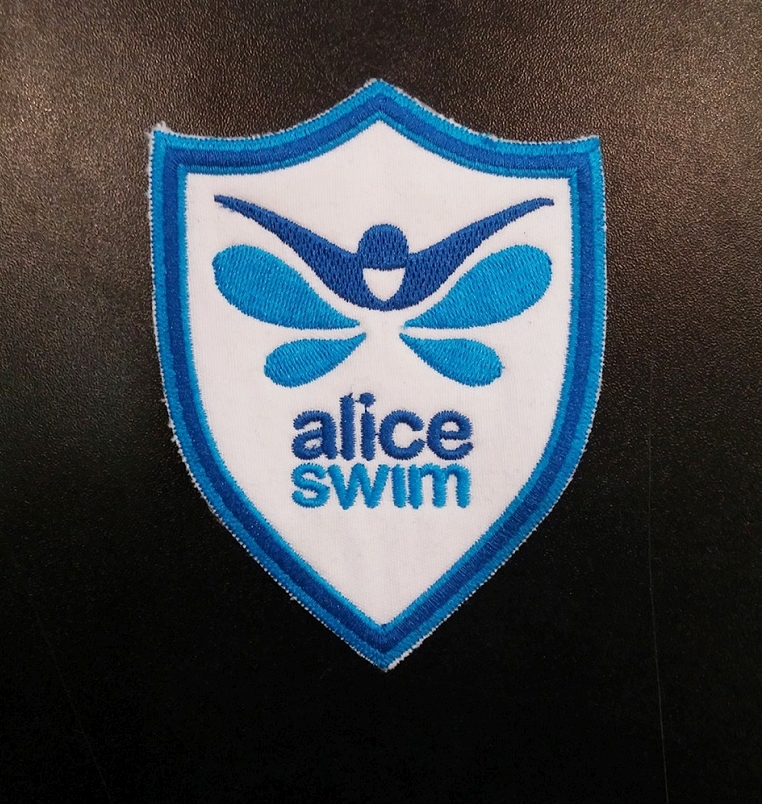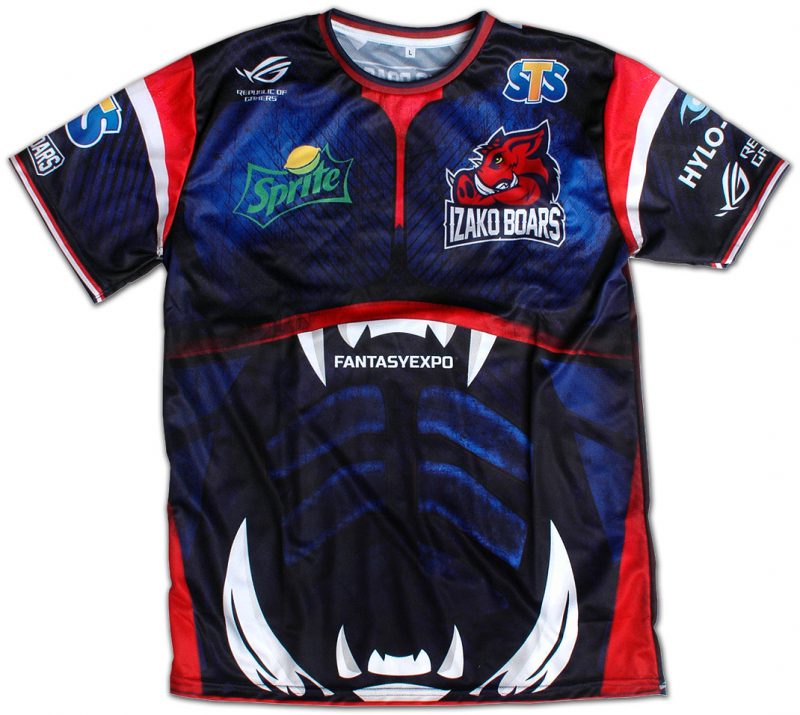Are you starting out with your own clothing brand and have just finished creating your dream graphics that you’d like to print on clothing, but don’t know what printing technique will be most suitable for this?
No worries! This article will help you choose it.
The printing technology mainly depends on the following factors:
- the number of garments
- the type of garment
- the composition of the garment material (cotton or polyester)
- the number of colors of the imprint
- size of the overprint
- the overall appearance of the graphic
- whether there are color tonal transitions / gradients, whether there are fine details or very thin lines….
- format in which you have graphics: vector (.cdr, .eps, .pdf, .ai) , closed image – bit map (.tiff, .png, .jpg)
- time for implementation
- After receiving this information, we will be able to select the appropriate printing technique for your idea.
If you would like to know more now so that you can use the printing price list yourself: https://printexpress.pl/en/pricing/ , read the description of each technology.
Printing techniques that we can use from 10 garments
Screen printing
is one of the most durable printing techniques. The printing is done with inks. This type of printing is used for a larger number of pieces, because the start of production requires preparation of exposure and preparation of screens for printing, which involves additional costs that are not present with flex/flock film or with sublimation and DTG. With screen printing we can print graphics that have a maximum of 6 colors. The thickness of the line must be a minimum of 0.4 mm, and the point coming out of the applique must be a minimum of 0.7 mm (after setting the print size to 1:1 – the maximum print area is 340 x 450 mm, but on men’s T-shirts the width of the print is usually 290 mm, and on women’s T-shirts 250 mm). If the graphics have too small elements, they may get flooded with ink. We are also able to print graphics that are more complicated, with tonal transitions. The print will come out similar to the computer design, not identical. Please note that this is printing with inks on cotton material. First, our graphic designer has to perform color separation, where he will extract max 6 main colors. This is an additional paid service and costs from 180-300 PLN net, depending on the complexity of the graphic. However, it should be remembered that the print is made in a maximum of 6 colors, so the remaining colors will result from the combination of these main colors. Graphics for printing in this technology should be prepared in vectors (.cdr, .eps, .pdf, .ai). Colors set in pantone solid coated.

For more information on screen printing, click here:
Embroidery
This is a type of marking using thread. Like any technology it has its limitations. The material on which the embroidery is to be made should not be too thin, as it may perforate during embroidery, and also after a number of washings holes may appear within the embroidery. Letters for embroidery should not be too small – the minimum height of a letter is 5 mm for t-shirts and sweatshirts, and for polo shirts and fleece it is 7 mm (the larger and thicker the letter, the nicer it will look in embroidery). You also need to remember that the thread has its own thickness, and there is a stitch composed of several “stitches” of thread, so the graphic must not have too fine and thin elements. You can do classic flat embroidery or, in the case of simple lettering, 3D convex embroidery. Graphics should be prepared in vectors (.cdr, .eps, .pdf, .ai). You can read more about embroidery here: https://printexpress.pl/techniki-nadruku/haft/



Fullprint
That is, a T-shirt that is fully printed according to your design.
We sew full-print T-shirts from polyester materials :
- 100% polyester – structure “in a tear”
- polyester 100% – structure “in a puma”
- polyester 60%, cotton 40% – imitation cotton
- polyester 50%, cotton 50% – “sandwich” material with cotton on the inside and polyester on the outside
- Designs should be superimposed on the templates prepared by us – for each size separately.
Files for printing should be sent according to the following guidelines:
- please send the designs on a scale of 1:1 in jpg, 300 dpi, CMYK colors and additionally in an open file – possible “for editing” (cdr, eps, pdf)
- the size of graphics should be adjusted to the templates we provide. It must be exactly the same size as our blanks.
- They are in 1:1 scale.
- graphics should be laid out according to the visualization below – “lay out on the use”.
- our vector grid must not be on the graphic
We print directly from the file you send us.
- remember that the important elements of the prints should be at least 3 cm from the edge of the T-shirt (from the place where the T-shirt is sewn together). * there is a risk of not matching the front graphic elements with the elements
- logo on the sleeve should be placed 5 cm from the bottom edge of the sleeve
- computer simulations (mockup) of full-print T-shirts are for reference only.
- graphics on the product may be moved +/- 2cm

More information and price list:
Of course, there are other printing techniques that we can use for your apparel collection. Using them will sometimes be more attractive than screen printing ?
Familiarize yourself with them here:
How to choose the printing technique for my artwork, orders from 1 piece of clothing
